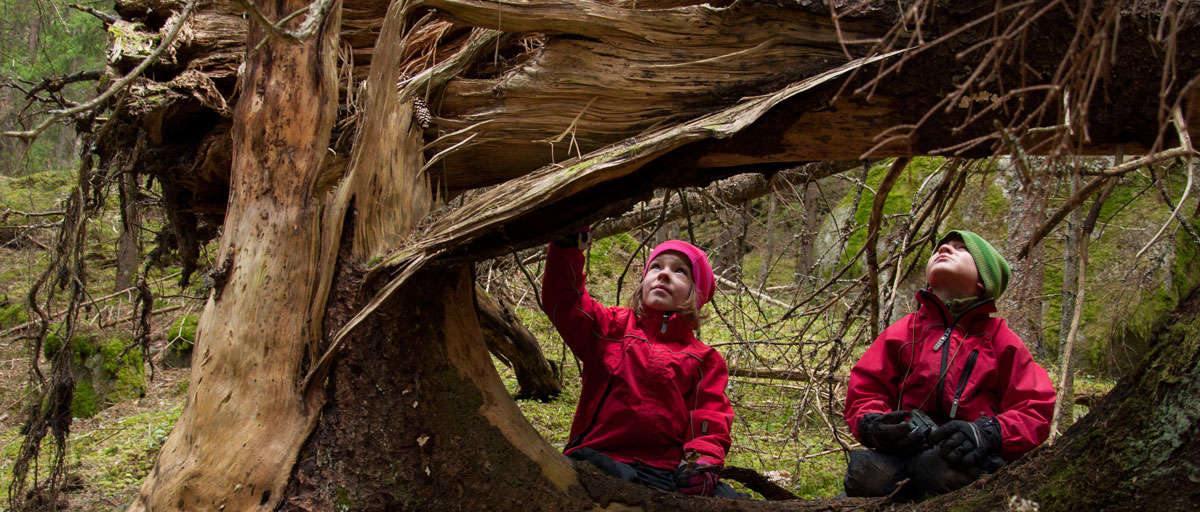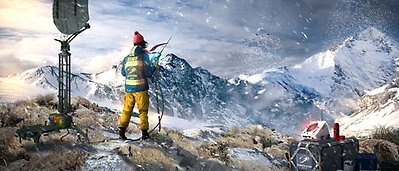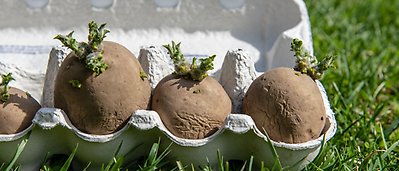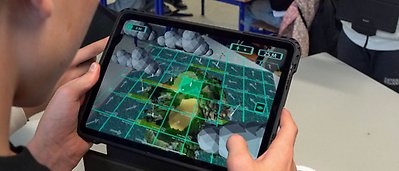Bildtext får vara max två rader text. Hela texten ska högerjusteras om den bara ska innehålla fotobyline! Photo: B. Christensen/Azote
Human-nature connection
Where and how children connect to nature
16 situations when children really connect with a natural environment
- Amid increased urbanization, children increasingly grow up without the understanding and experience of what nature is, what it is made of and how it works
- There is also scant knowledge about whether a green area can actually offer meaningful interactions with a natural environment
- New assessment tool lists 16 qualities that constitute a “significant nature situation”
Let us start with the bad news. Despite widely available knowledge about the benefits of natural environments for children’s health, well-being, and personal development, their experiences in nature has never been so rare. Amid increased urbanization, children increasingly grow up without experiencing what nature is and how it works, leaving them without the possibility to understand why nature is valuable. There is also scant knowledge about whether a green area can actually offer meaningful interactions with a natural environment. This latter challenge has long been a gap in sustainability science.
The good news is that this is being looked into.
16 qualities for a “significant nature situation”
In a groundbreaking study published in Frontiers in Psychology, recently accomplished PhD student Matteo Giusti with colleagues from other Swedish universities have attempted to deal with this challenge by developing a framework to help schools, parks, and various organizations to assess if an environment connects children to nature or not.
The framework, called Assessment framework for Children’s Human Nature Situations (ACHUNAS) includes 16 qualities that constitute a “significant nature situation”. The intention is to list criteria of what should be measured when figuring out whether an activity creates a special connection with nature or not. An activity could range from something simple as pond dipping and bug hunting to more complex activities such as designing a vegetable garden using children’s ideas and gardening. Whatever the activity, ACHUNAS would help measure whether it has elements of what Giusti and his colleagues call “Human-Nature Connection”, or people's relation to nature.
“The goal of this paper is not to provide a tool that prescribes how to measure child-nature-connecting environments, but a framework that outlines the list of criteria of what ought to be measured,” he explains.
The criteria themselves are not taken out of the blue. Understanding which qualities distinguish significant nature situations from non-significant ones requires the observation of children’s interactions with nature as it unfolds over long periods of time. The researchers therefore tapped into the expertise from more than 200 different organizations worldwide to make sure the criteria would fit different age groups, contexts and cultures.
From entertainment to stimulating senses
The 16 qualities that were ultimately considered necessary to facilitate any connection to nature include "entertainment", "surprise", "creative expression", "intimacy" and "engagement of senses". These and all the others will in different ways make up the children’s experience of connecting with a natural environment.
“Nature situations can be significant for children’s human-nature connection simply because they are entertaining, because they involve a personal engagement with animals, or because children feel free to engage in activities that stimulate their senses,” Giusti explains. However, it is most likely that several qualities occur during one situation.
The ACHUNAS framework is designed to help users assess whether a landscape can offer a significant nature situation based on a number of criteria. For example, a green area might allow for entertaining situations, but they might not be child-driven or involve animals. The more criteria satisfied, the stronger it could nurture children’s human-nature connection. Take an urban park where children are freely allowed to play, for example. Based on an evaluation using the criteria and conversations with the children the park could be good for several entertaining aspects and opportunities for physical activities, but maybe limited on emotional and thought-provoking situations. Once completed, the person evaluating the park might conclude that added activities and the introduction of animals might further nurture the ability of "knowing about nature".
%20achunas-giusti.jpg)
Results from the questions on qualities of SNS in the survey. Top: percentages of importance for all the qualities of SNS that professionals had used in assessing the significant nature activities they reported to perform with children. Bottom: professionals' responses on how comprehensive the list of qualities of SNS was for the assessment exercise. Click on illustration to access publication
Obvious implications for sustainable urban design
Giusti and his colleagues believe their work has obvious implications for the practice of sustainable urban design and environmental education. “It is common for urban green infrastructure to be promoted and developed for things like flood control, urban cooling, reduction in carbon emissions etc, but its role in the development of children’s connection with nature has been largely ignored,” Giusti explains.
"ACHUNAS is a first step toward the assessment of best practices to nurture children’s relation to nature across organizations, cultures and geographical locations," Giusti and his colleagues conclude.
Methodology
The empirical work in the study is characterized by two sequential phases. In phase 1 (qualitative), the researchers performed semi-structured interviews with a pool of professionals in the field of connecting children to nature to inductively unveil the qualities of strong nature situations (SNS). In phase 2 (quantitative), they tested the results of phase 1 with an online survey that was distributed among a broader pool of professionals in the field of connecting children to nature. Here, the researchers examined the results for comprehensiveness, transferability, and practicality and further explored the relations between qualities of SNS and children's human-nature connection.
Link to publication
Giusti, M., Svane, U., Raymond, C. M., & Beery, T. H. 2018. A framework to assess where and how children connect to nature. Frontiers in Psychology, 8(JAN), [2283]. DOI: 10.3389/fpsyg.2017.02283
Matteo Giusti researches the relationship between sustainable ecological and psychological systems. His PhD in Sustainability Science addresses a design of urban nature that not only focuses on functional or technological sustainability, but also motivates the cognitive and emotional foundation of biosphere stewardship.
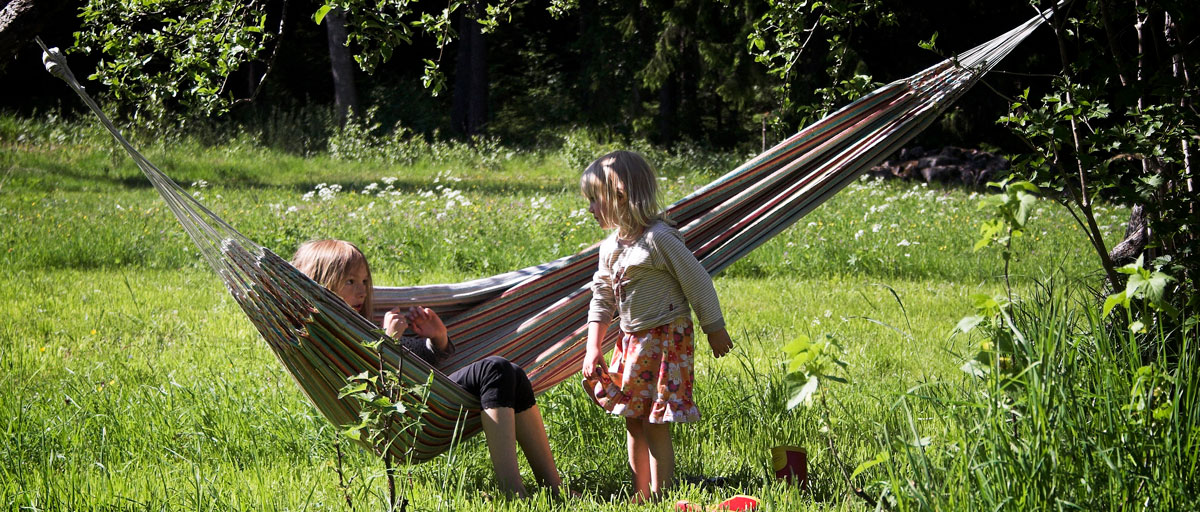
%20HNC_people_park.jpg)
